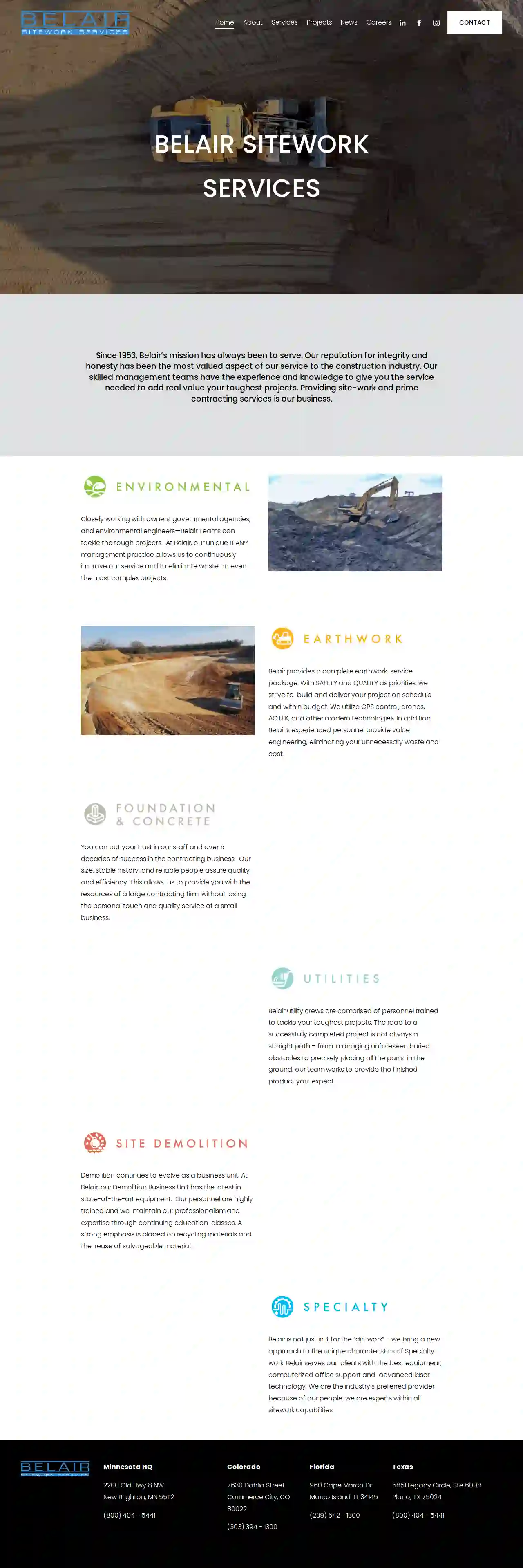Asbestos Removal Contractors Philadelphia
Find top Asbestos Removal Contractors in Philadelphia
Get up to 3 Asbestos Removal quotes for your project today! Compare profiles, reviews, accreditations, portfolio, etc... and choose the best deal.
Find Pros

Belair
4.616 reviewsPhiladelphia, US- Services
- Why Us?
Get Quote
Over 3,943+ Excavation Pros registered
Our excavation contractors operate in Philadelphia & surroundings!
ExcavationHQ has curated and vetted Top Excavation Contractors in and around Philadelphia. Find the most trustworthy business today.
Frequently Asked Questions about Asbestos Removal
Find answers to common questions about asbestos removal and abatement to help you make informed decisions for your project in the USA.
- Lung Cancer:
- Mesothelioma:
- Asbestosis:
- Pleural Plaques:
- Pleural Thickening:
- Pleural Effusion:
- Chrysotile (white asbestos):
- Amosite (brown asbestos):
- Crocidolite (blue asbestos):
- Anthophyllite:
- Tremolite:
- Actinolite:
How do I know if I have asbestos in my home?
Asbestos was commonly used in building materials before the 1980s. If your home was built before this time, there's a chance it contains asbestos. Common asbestos-containing materials include insulation, flooring, roofing, textured paints, and ceiling tiles. It's crucial to have a professional asbestos inspection and testing if you suspect asbestos is present. Never attempt to remove asbestos yourself, as it can be extremely hazardous.
What is the difference between friable and non-friable asbestos?
Friable asbestos refers to asbestos-containing materials that can be easily crumbled or pulverized by hand pressure, releasing asbestos fibers into the air. Non-friable asbestos is in a solid form and cannot be easily crumbled. It's less likely to release fibers unless damaged or disturbed. Friable asbestos poses a significantly higher risk of exposure and requires more stringent precautions during removal.
What are the health effects of asbestos exposure?
Exposure to asbestos fibers can lead to several severe health issues, including:
What are the different types of asbestos?
There are several types of asbestos, including:
How do I know if I have asbestos in my home?
Asbestos was commonly used in building materials before the 1980s. If your home was built before this time, there's a chance it contains asbestos. Common asbestos-containing materials include insulation, flooring, roofing, textured paints, and ceiling tiles. It's crucial to have a professional asbestos inspection and testing if you suspect asbestos is present. Never attempt to remove asbestos yourself, as it can be extremely hazardous.
What is the difference between friable and non-friable asbestos?
Friable asbestos refers to asbestos-containing materials that can be easily crumbled or pulverized by hand pressure, releasing asbestos fibers into the air. Non-friable asbestos is in a solid form and cannot be easily crumbled. It's less likely to release fibers unless damaged or disturbed. Friable asbestos poses a significantly higher risk of exposure and requires more stringent precautions during removal.
What are the health effects of asbestos exposure?
Exposure to asbestos fibers can lead to several severe health issues, including:
- Lung Cancer:
- Mesothelioma:
- Asbestosis:
- Pleural Plaques:
- Pleural Thickening:
- Pleural Effusion:
What are the different types of asbestos?
There are several types of asbestos, including:
- Chrysotile (white asbestos):
- Amosite (brown asbestos):
- Crocidolite (blue asbestos):
- Anthophyllite:
- Tremolite:
- Actinolite:
This website uses cookies for personalization and marketing purposes. To learn more please check our Privacy Policy & Cookies Policy.